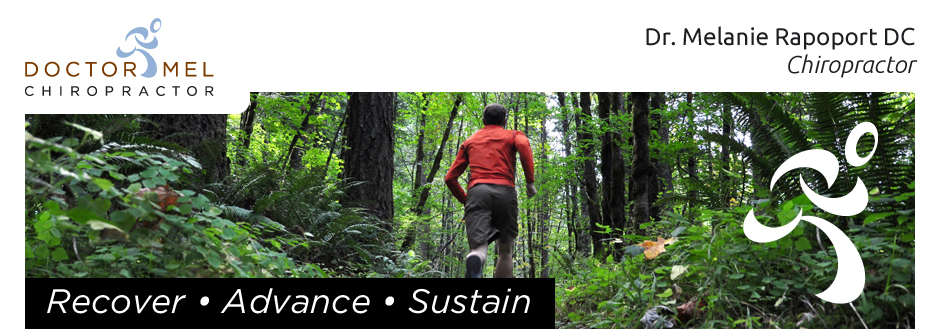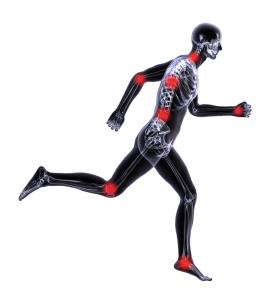We recently came across an article “Getting Athletes Back in the Game: Low Level Laser Therapy for Sports Injuries” by Dr. Robert Silverman, DC, and thought it was worthwhile sharing. You can read the article on the Dynamic Chiropractic website here.
In this article, Silverman discusses the success he has seen with sports injuries treated with low level laser therapy (LLLT). He also does a great job of explaining how low level laser therapy works at a cellular level to ultimately rehabilitate an injured area and prevent future complications.
A scientific explanation – How low level laser therapy works
In Silverman’s article, he explains that:
This is essentially where the term “photobiomodulation therapy” comes from. Low level laser therapy uses very precise wavelengths of light which emit photons (particles of energy). These particular wavelengths emit photons that happen to interact with our cells. In other words, the light from low level laser therapy delivers energy that our cells are able to absorb and use to heal. An easy analogy that we often use with our clients at Solaj is to think of how plants react to sunlight. Plants are able to absorb energy from sunlight and transform that into energy to grow, just as our cells are able to absorb the energy emitted from low level laser therapy.
One of the most important differences between the wavelengths of light that are used with low level light therapy, and other types of light therapy and direct sunlight, is that low level laser therapy uses wavelengths that will not burn our skin. Absorbing direct sunlight can have an array of medical benefits, but there is also a risk of burning. This is because the sun shines a wider array of light wavelengths, including the ones that burn and damage our skin. Since there is no risk of burning with the light emitted from low level laser therapy, we are able to increase the length of therapy time and focus the light to the area that is in pain and needs healing.
Going back to how low level light therapy specifically helps with sport injuries, Silverman writes:
At Solaj we find that low level laser therapy really helps athletes in three major ways: immediate pain relief, consistent pain relief that does not require constant treatment, and long term reduction of future complications. Silverman refers to vasodilation (the dilation of blood vessels), which begins happening soon after a low level laser therapy treatment begins. This is one of the main reasons why immediate pain relief can often take place. ATP synthesis and mitochondria stimulation are the functions which increase the speed of healing, allowing the injury to resolve quicker. In addition, healing an injury as soon as possible decreases the amount of internal scar tissue that will form within the body. Reducing the amount of internal scar tissue is one of the most important steps to preventing further injury, pain, loss of mobility, and other complications.
The most common types of athletes that we see at Solaj are: “weekend warriors” who have either pushed themselves too hard or are beginning to feel the affects of aging alongside their physical activity, and young athletes who want to get back in the game as soon as possible. The sooner that clients come to us with sport injuries, the more likely it is that they will need less low level laser therapy treatments to solve their issue.
An alternative to complicated and invasive treatments
Silverman’s article also touches on the most frustrating factor of sports injuries. The most readily available options for sports injuries often have major downsides. Painkillers only mask the pain and can have serious side effects. Injections are painful and often only temporarily eases the pain. The last resort is surgery, which is invasive, has a long recovery time, and is not guaranteed to fix the problem.
Low level laser therapy offers an alternative for injuries that affect daily activities. In addition, it prevents an injury from getting worse and causing issues in other parts of the body that are compensating.
If you are interested in reading more about this therapy, visit our cold laser therapy page here, on the Solaj website.

